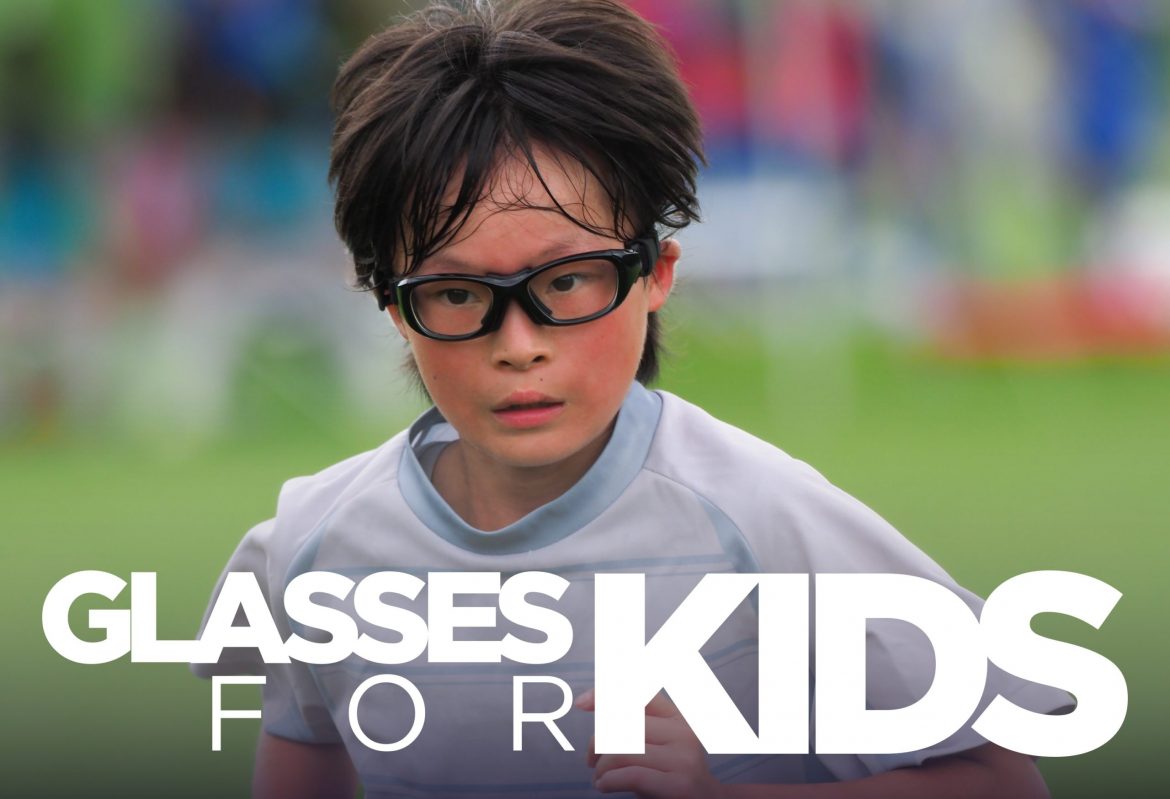![]()
Kids are active, carefree little humans that let nothing get in the way of having a good time. Unfortunately, blurry vision can be a major frustration. A 2016 study by the CDC shows that 15% of kids ages 6 to 9 need glasses. The number jumps to around 50% by the time they are 17.
It’s not a new revelation that vision is an important factor in learning and social development, which is why parents have never been more concerned about getting the best set of glasses for their kids with vision needs.
This article presents helpful tips to select eyeglasses frames for your child.
Start with the prescription
Although it’s tempting to go straight for the frame selection, I like to suggest starting with the prescription. The reason being, stronger prescriptions that are put into larger size frames can lead to glasses that are heavy and uncomfortable.
High minus
If your child has a prescription that is higher than a -4, a shape that is round or tapered will provide excellent results. A high minus power leads to a thicker outside edge. Round and tapered shapes reduce the thickness that you’d normally get with square or rectangular-shaped lenses.
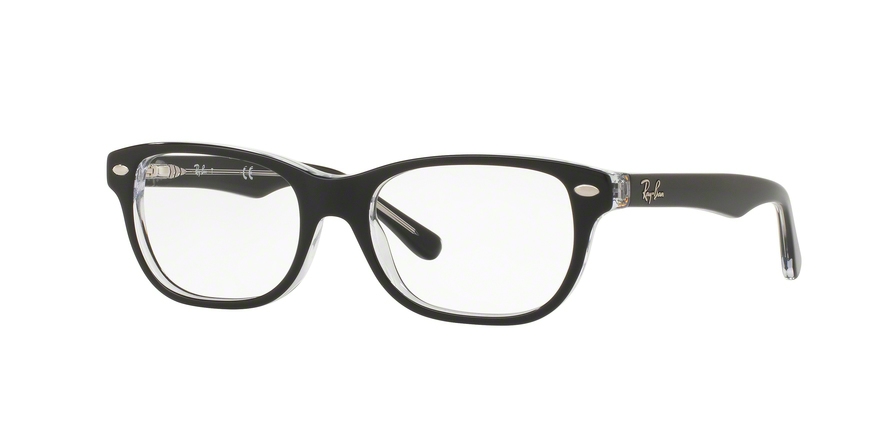 The Ray Ban RY1555 is a semi-round shape which can help reduce edge thickness for high minus prescriptions. The frames come in 11 color combinatinos and are available in a size 46 and 48, which is generally a good fit for kids between the age of 6-9 years old.
The Ray Ban RY1555 is a semi-round shape which can help reduce edge thickness for high minus prescriptions. The frames come in 11 color combinatinos and are available in a size 46 and 48, which is generally a good fit for kids between the age of 6-9 years old.
High plus
For prescriptions above a +3, rectangular and oval shapes are the best choice. Since plus prescriptions lead to thickness in the center of the lens, it can’t be cut off in the same way as a high minus prescription. In order to reduce weight and the appearance of thickness, the lens shape should not be too “tall,” meaning the vertical size of the shape needs to be taken into consideration.
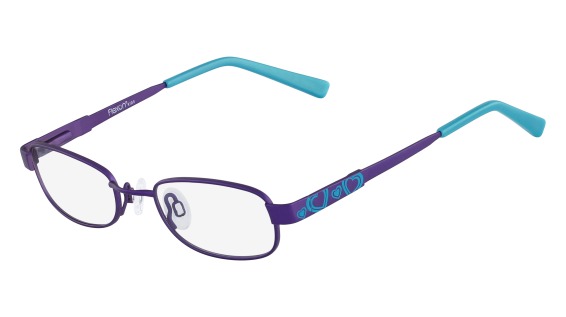 The Flexon Kids Moonbeam provides rounded corners and a vertical lens area that will limit thickness on a high plus prescription. Three color choices are available in sizes 44 and 46, so the Moonbeam is best suited for children 5-7 years old.
The Flexon Kids Moonbeam provides rounded corners and a vertical lens area that will limit thickness on a high plus prescription. Three color choices are available in sizes 44 and 46, so the Moonbeam is best suited for children 5-7 years old.
Heads up
The heads of children under 9 years are not as developed as an adult, so consider the following when selecting frames so that you don’t get frames that are too big or constantly slip down their nose.
Adjustable nose pads
In addition to selecting the right frame width, selecting the right type of bridge has a big influence on the overall fit and stability of glasses. Since children have a nose bridge that is generally flatter and smaller than an adult, adjustable nose pads often work better.
 Nike 5574, available in seven colors, has adjustable nose pads which allow the bridge to be customized to every angle of your child’s nose. Only through adjustable nose pads can the frames be made to sit higher or lower on the bridge, allowing the glasses to be placed in a position which will give the eyes the maximum viewing area.
Nike 5574, available in seven colors, has adjustable nose pads which allow the bridge to be customized to every angle of your child’s nose. Only through adjustable nose pads can the frames be made to sit higher or lower on the bridge, allowing the glasses to be placed in a position which will give the eyes the maximum viewing area.
Metal frames were once considered less “cool” than thicker plastic frames, but today kids have an extensive selection of trendy metal frames to choose from.
Saddle bridge
If low maintenance is what you’re looking for, the saddle bridge design may be the right choice for your child. With no moving parts and nothing that can lose its adjustment, plastic frames have a bridge that spreads the weight of the frame across a wider area, leading to a comfortable fit.
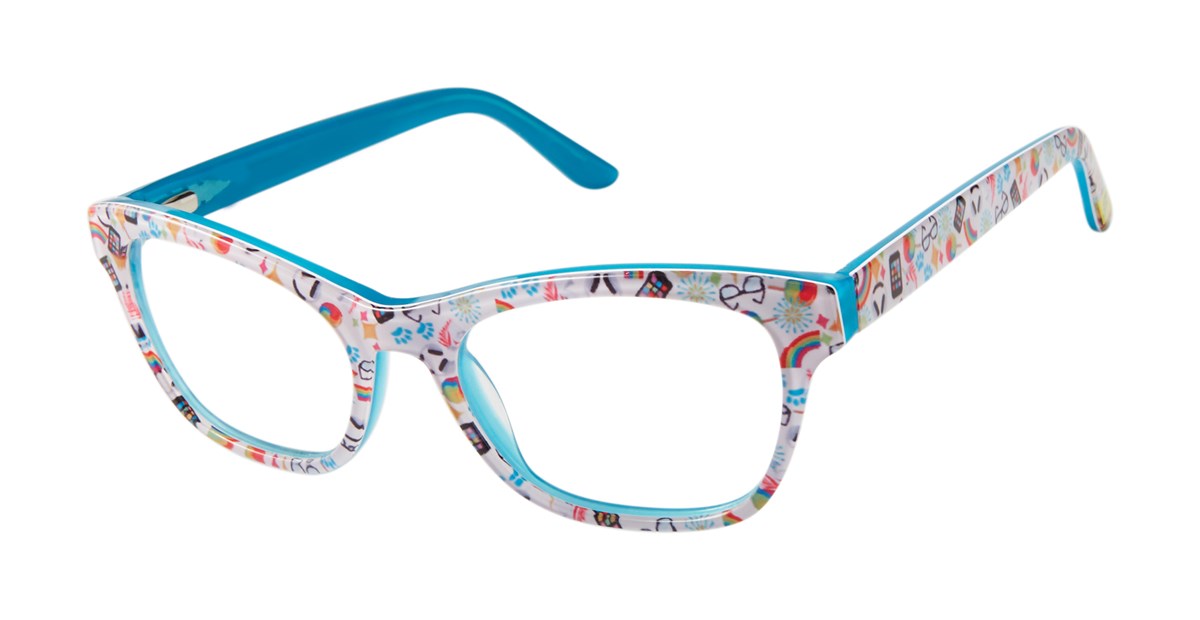 With 3 fun color and print combinations, GX811 by Gwen Stefani give children plenty of self-expression opportunities. Plastic frames offer more color and pattern choices than metal frames, with no moving parts.
With 3 fun color and print combinations, GX811 by Gwen Stefani give children plenty of self-expression opportunities. Plastic frames offer more color and pattern choices than metal frames, with no moving parts.
Keep in mind, however, the biggest advantage of a plastic frame can also be its biggest disadvantage. Unlike metal frames, the bridge on a plastic frame cannot be adjust to a customized fit. If the fit isn’t right from the beginning, there will be very little that can be done. This shouldn’t discourage you in any way, with so many choices available, there is going to be a plastic frame that fits right on your child.
Durability for little athletes
If your child is active with sports, or if you simply need a set of glasses that is as durable as possible, sports protective eyewear makes for a great selection. Designed to be worn with a strap and made out of the same type of material you’d find on a high-end cycling helmet, your child is more likely to outgrow the glasses before breaking them.
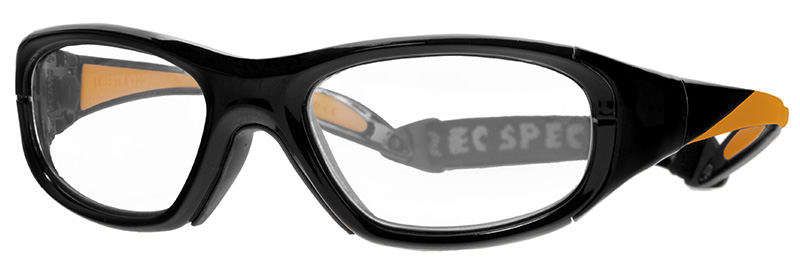 Liberty Sport is the industry leader in sports protective eyewear. Frames like the Maxx-20 are designed to absorb the impact from a soccer ball, basketball—and yes, even impact from a baseball. The nosepads are made out of a non-slip rubber which expels moisture and the included strap is adjustable much like a set of swim goggles would be.
Liberty Sport is the industry leader in sports protective eyewear. Frames like the Maxx-20 are designed to absorb the impact from a soccer ball, basketball—and yes, even impact from a baseball. The nosepads are made out of a non-slip rubber which expels moisture and the included strap is adjustable much like a set of swim goggles would be.
There is no “one size fits all” in kids eyewear
Everything from the prescription to your child’s activities need to be considered. Here at EZContacts.com we provide hundreds of eyeglasses frame styles so you can give your child what’s best for them.
You can shop over 40 brands of eyeglasses for kids here.

